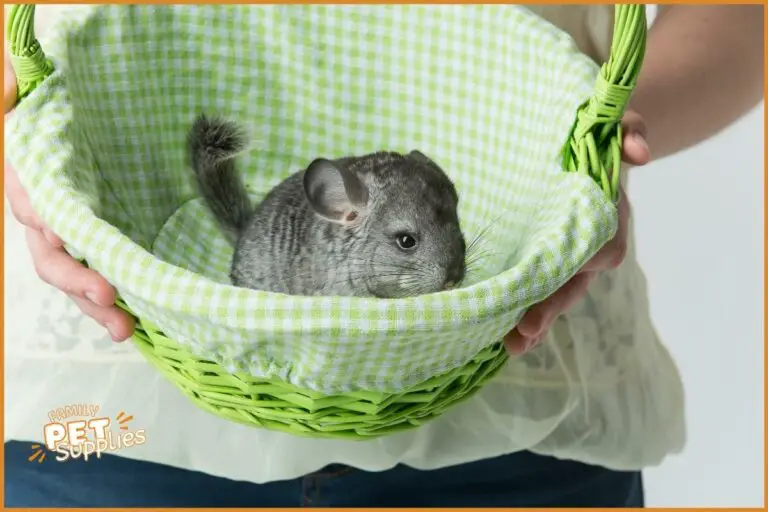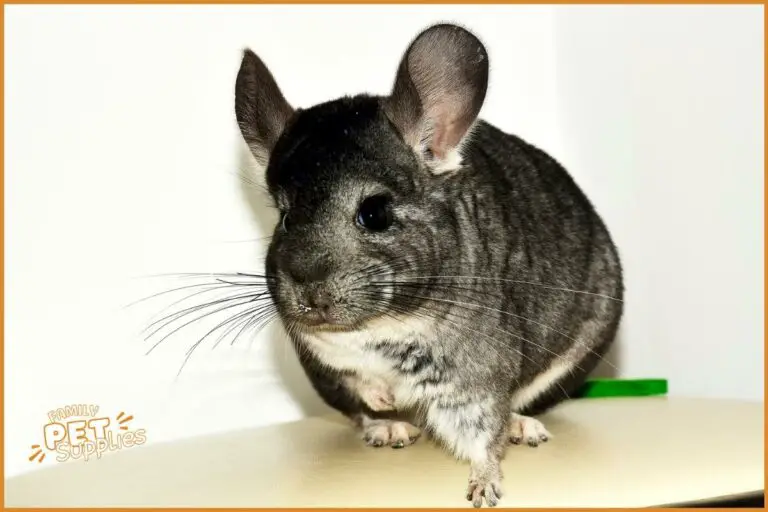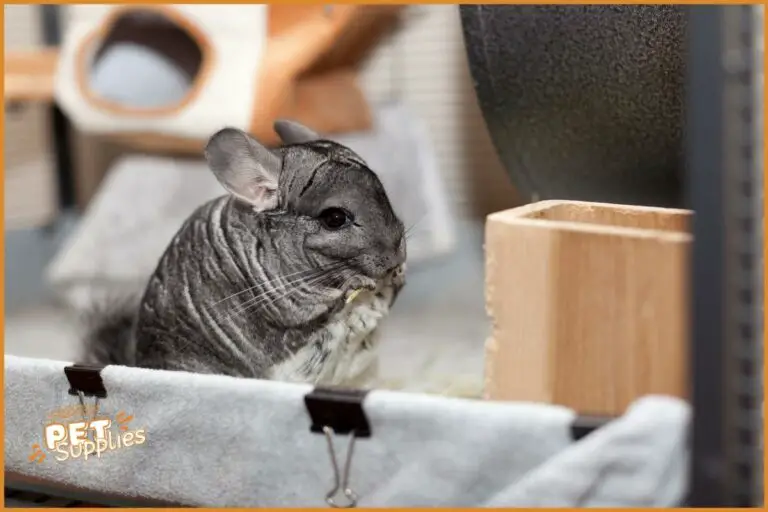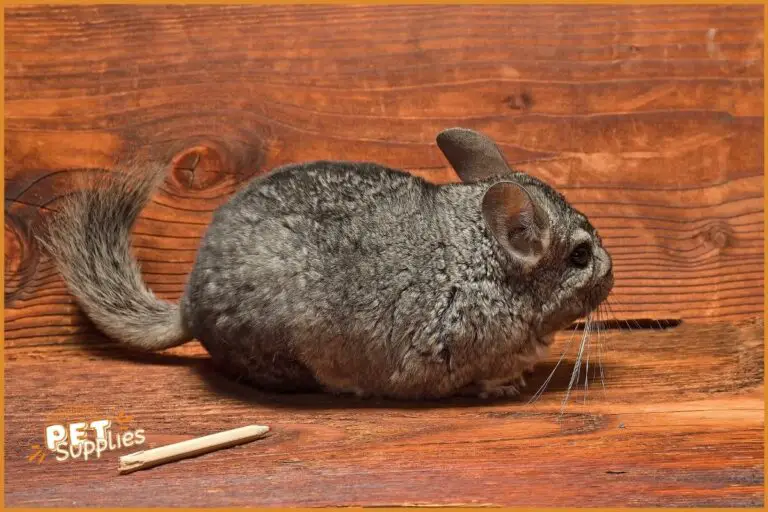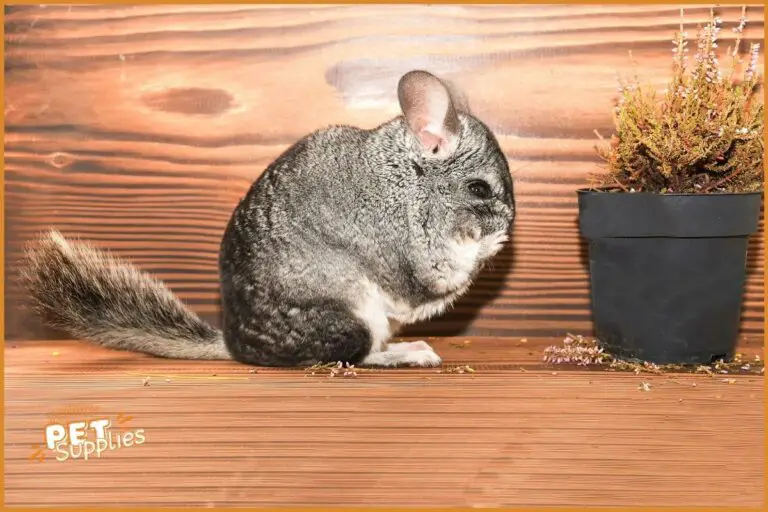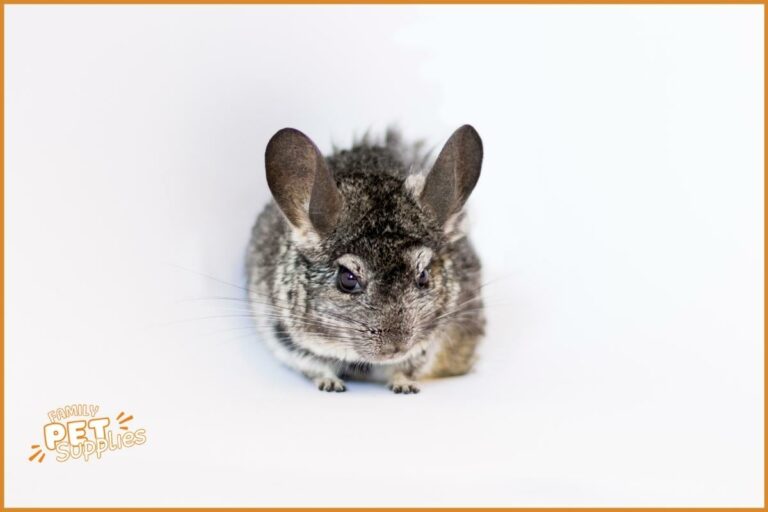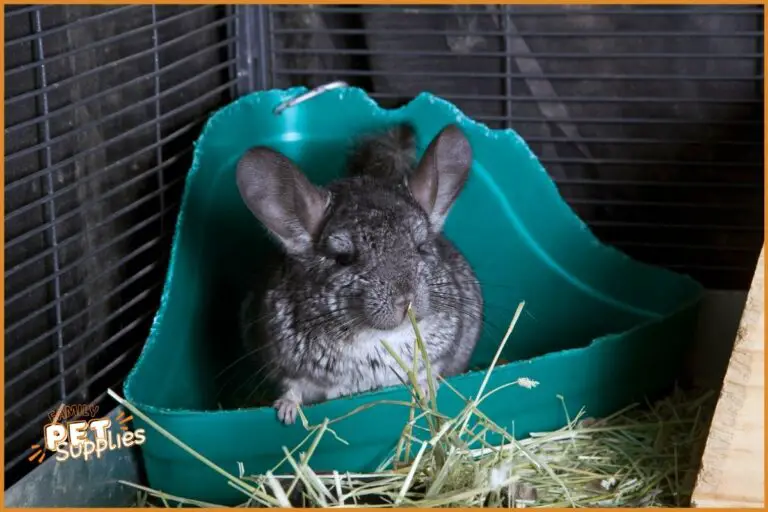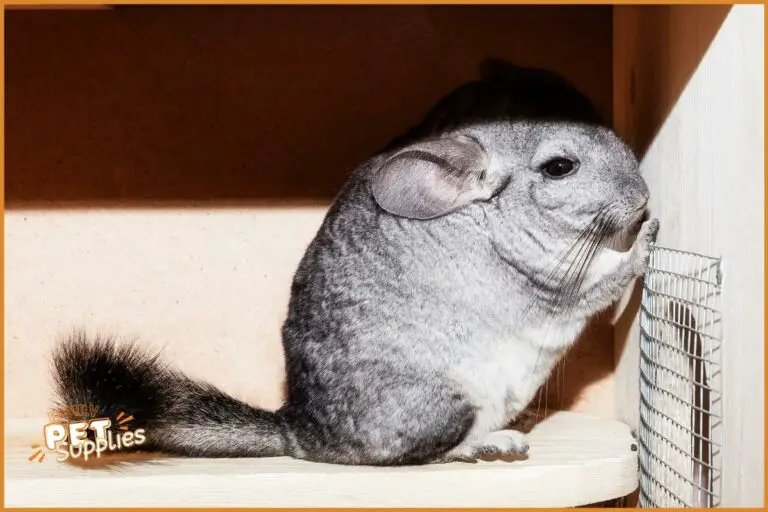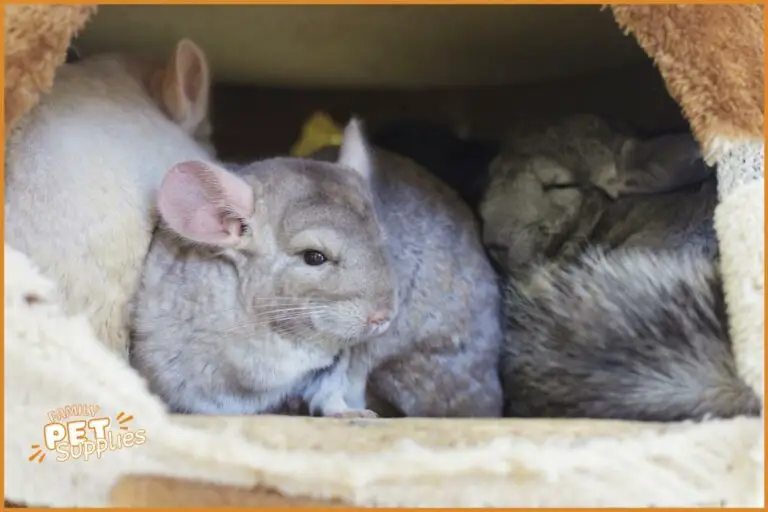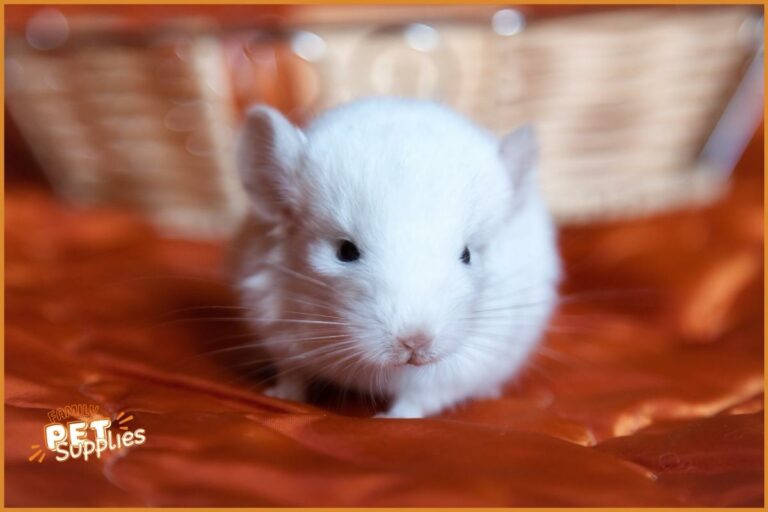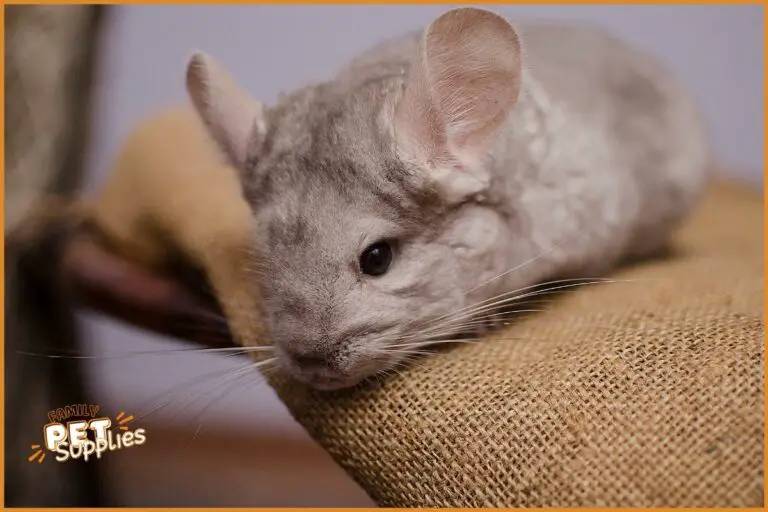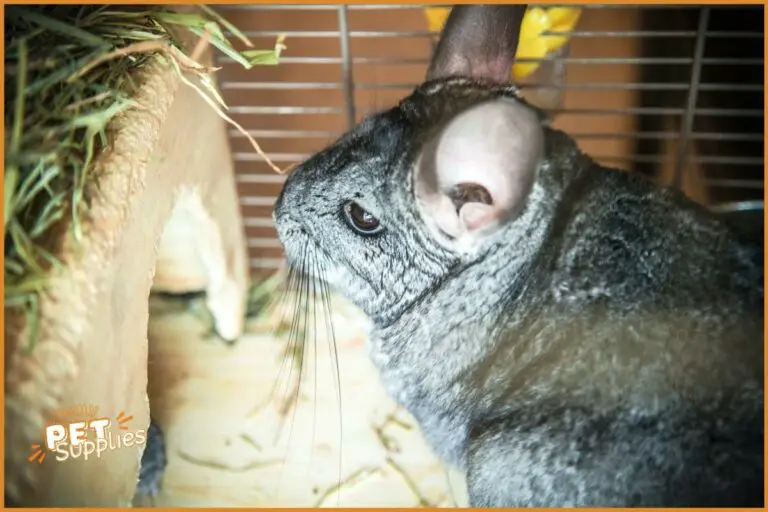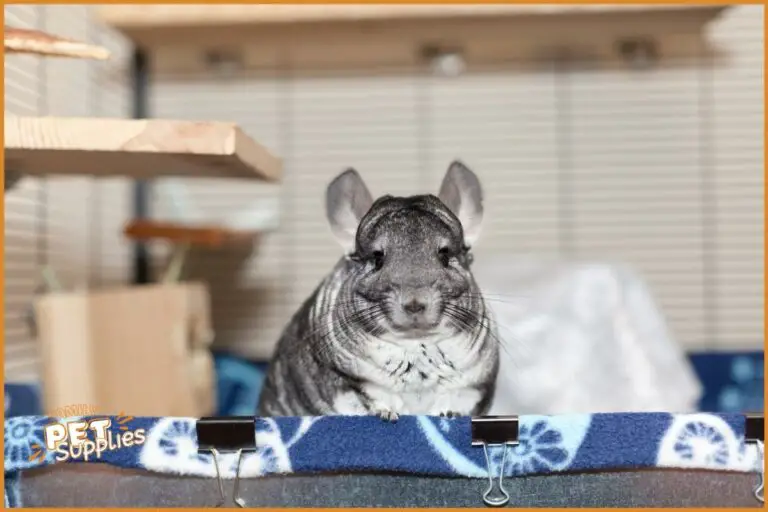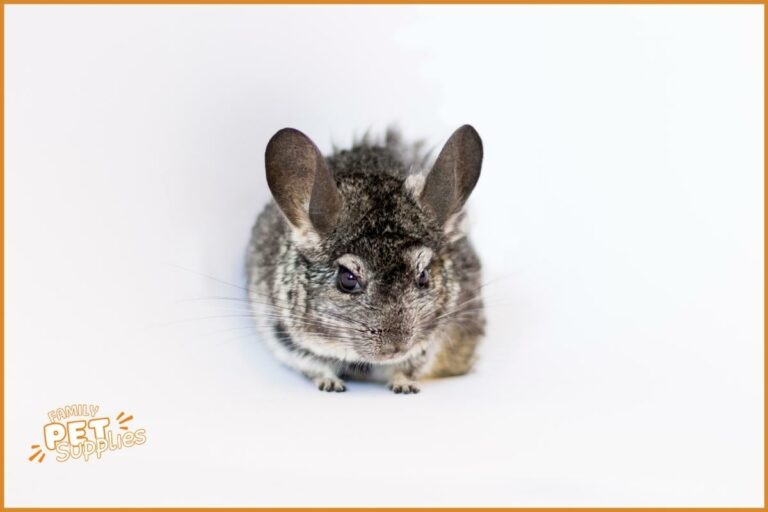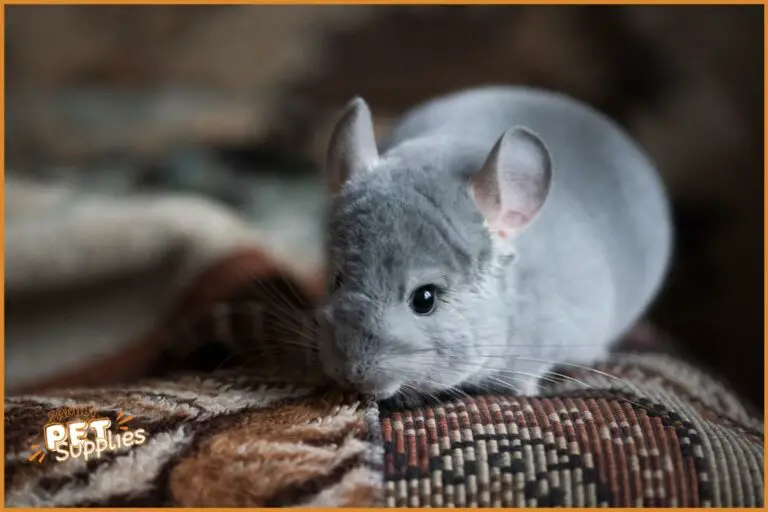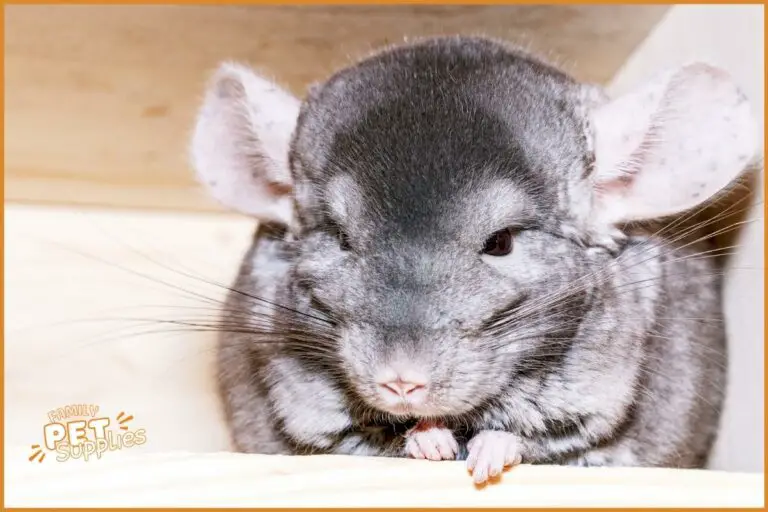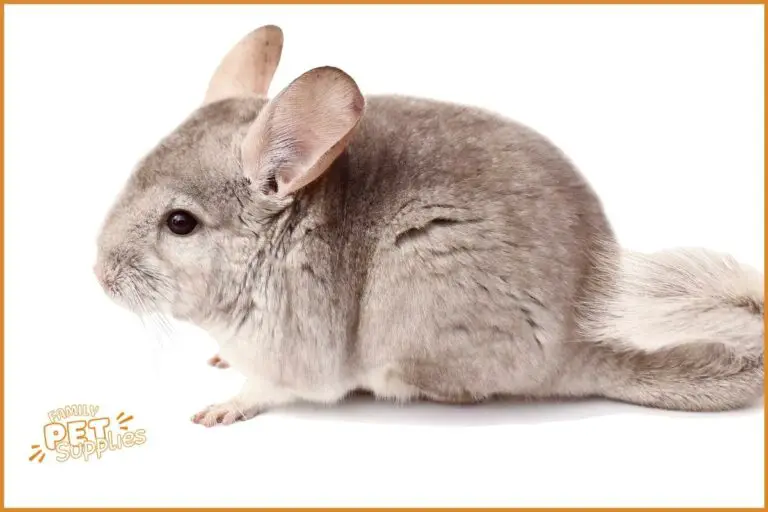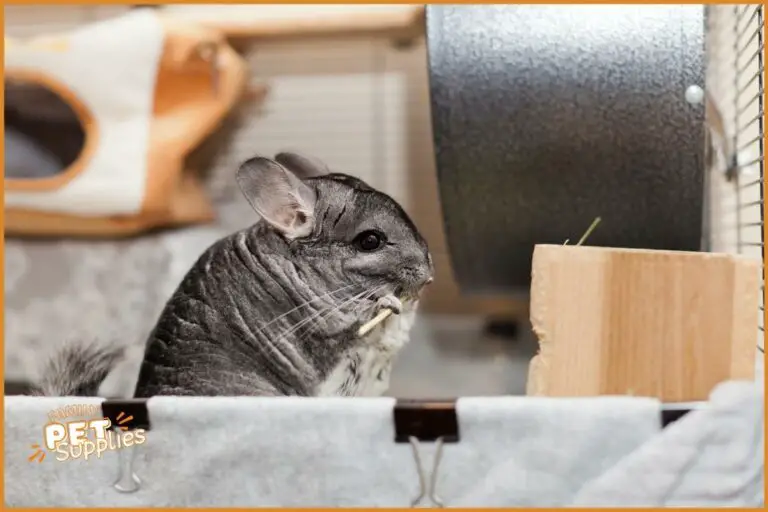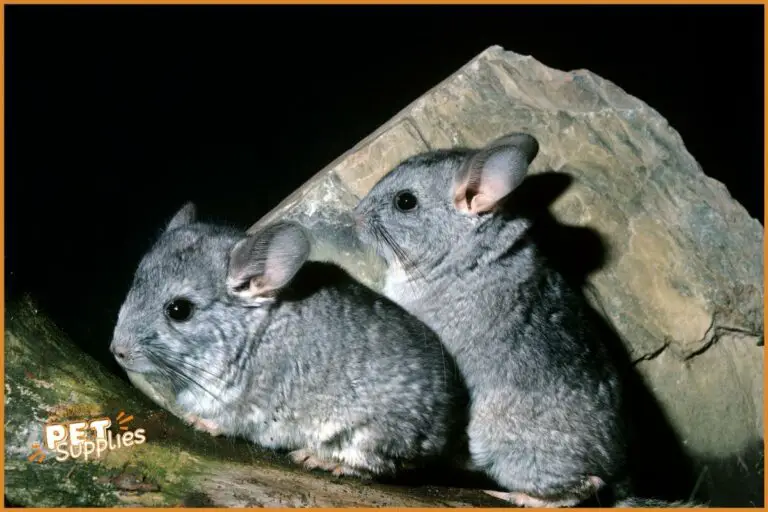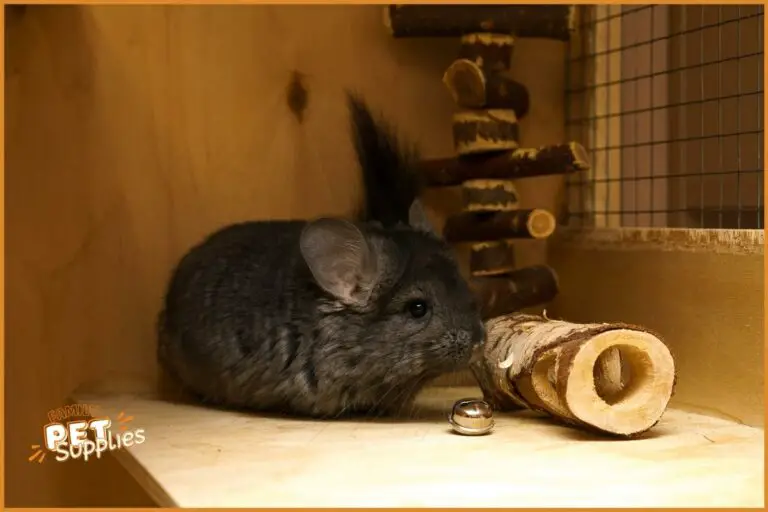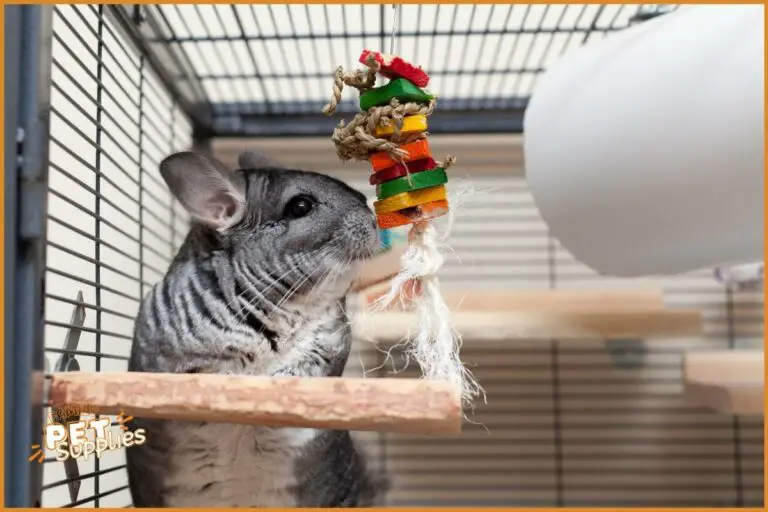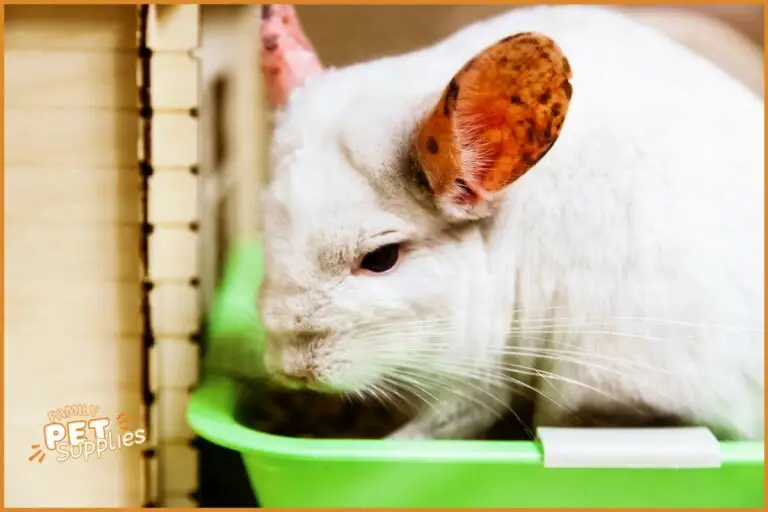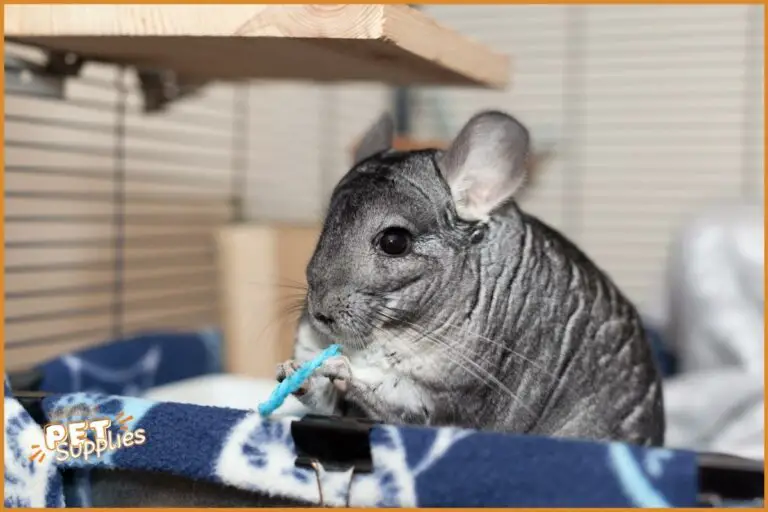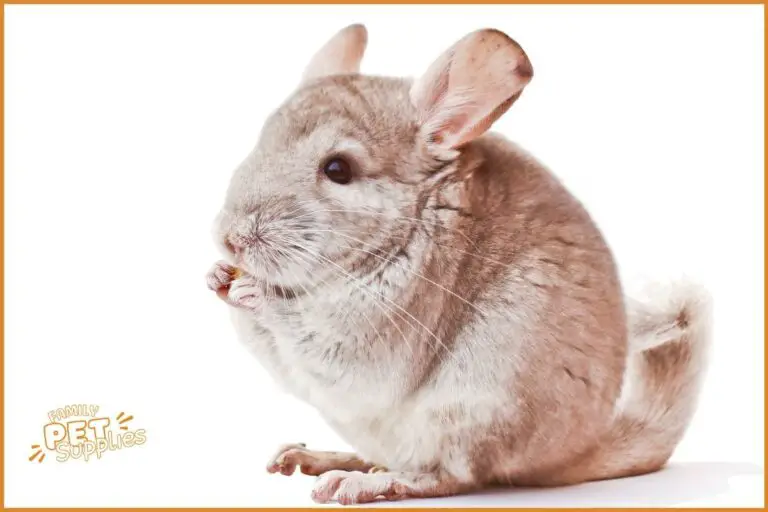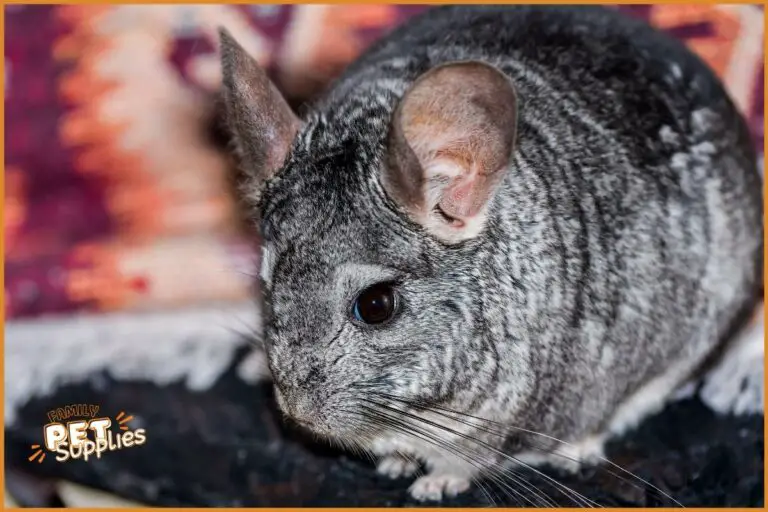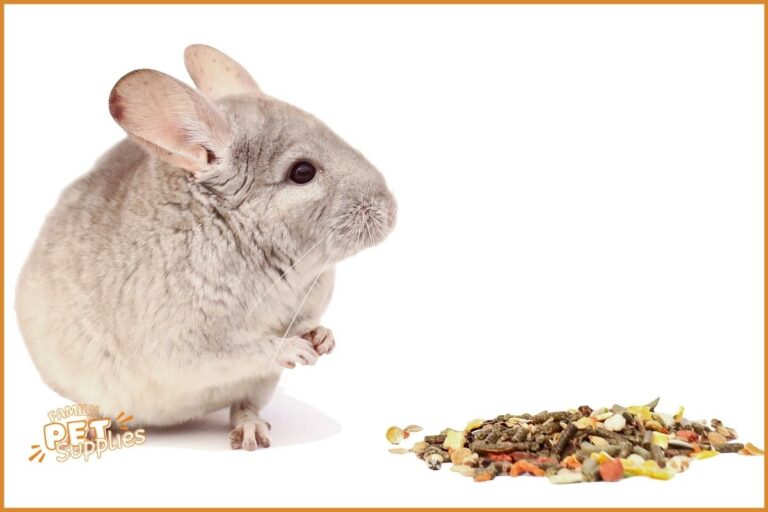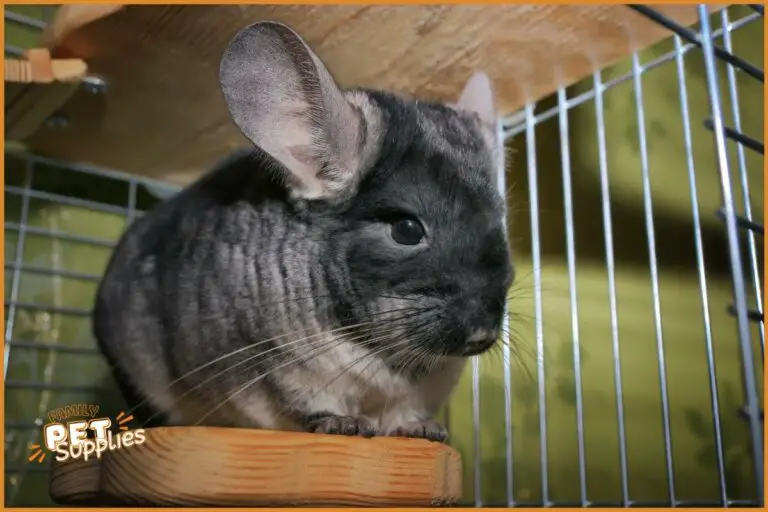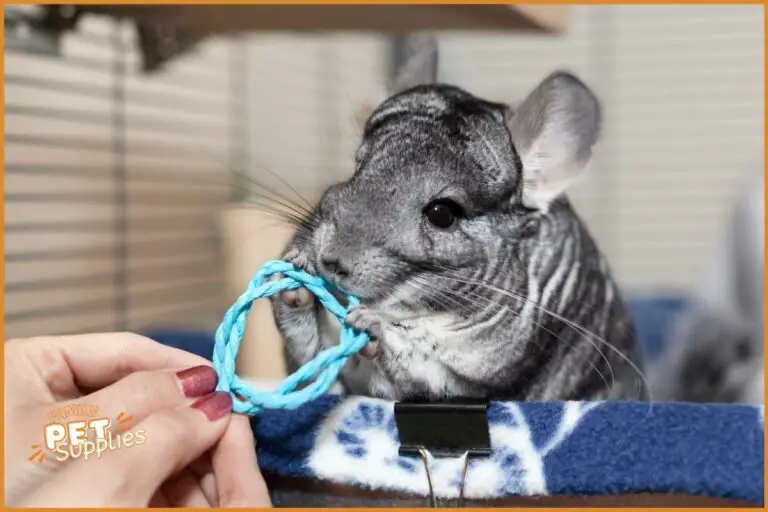Chinchillas have a unique anatomy that enables them to be agile jumpers and survive in the harsh, arid climates of the Andes Mountains where they originate. Though small, they have robust bodies built for mobility.
- Skeletal system – Chinchillas have strong hind legs and large feet that allow them to leap up to 6 feet vertically. Their tails are long and muscular, acting as a counterbalance when jumping.
- Teeth – Like other rodents, chinchillas have continuously growing incisor teeth that require constant wear to prevent overgrowth. They have 20 teeth total.
- Fur coat – One of the most distinguishing features of chinchillas is their incredibly dense, soft fur. They have the highest fur density of any mammal with up to 60 hairs per follicle. The fur helps insulate them in cold mountain temperatures.
- Temperature regulation – Chinchillas have the inability to sweat. Instead, they rely on their fur for insulation and dissipate heat by circulating blood to their large ears. If they get overheated, they take dust baths to cool down.
- Gastrointestinal system – Chinchillas are herbivores and grazers. They have a simple stomach, small intestine, and large cecum for microbial fermentation of plant materials. Their diet in captivity should mimic their natural grazing habits.
- Reproduction – In the wild, chinchillas are born into litters of 1-6 kits. Females can become pregnant at 5-8 months old. The gestation period is 111 days, one of the longest among rodents.
Chinchillas have adapted well over time to thrive in their native habitat. Their specialized anatomy and physiology make them interesting pets but also illustrates their uniqueness as animals. With proper care, their bodily functions can remain healthy in captive environments.


